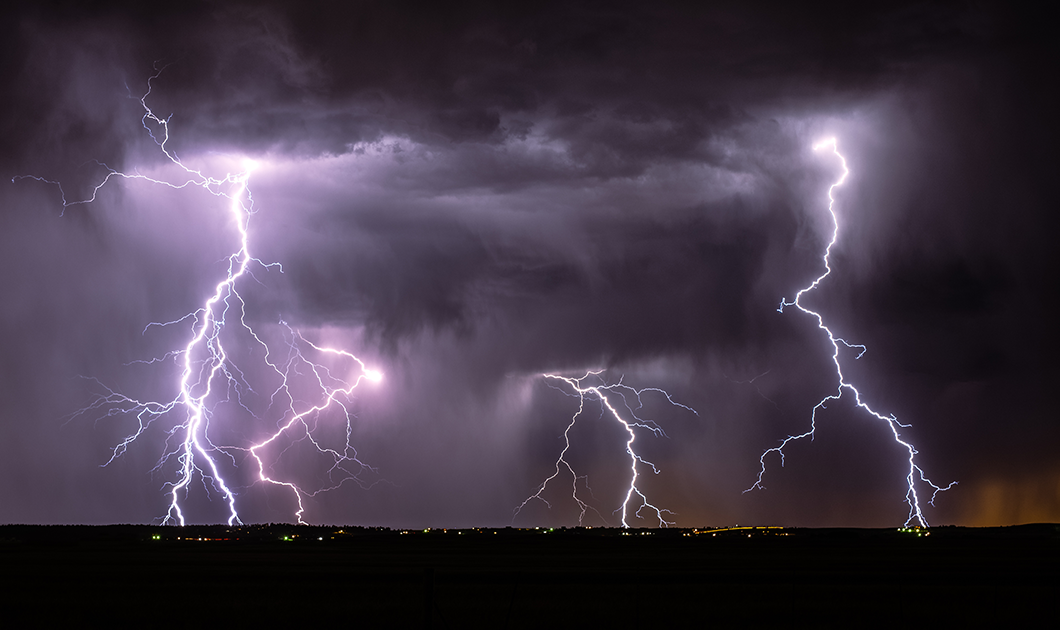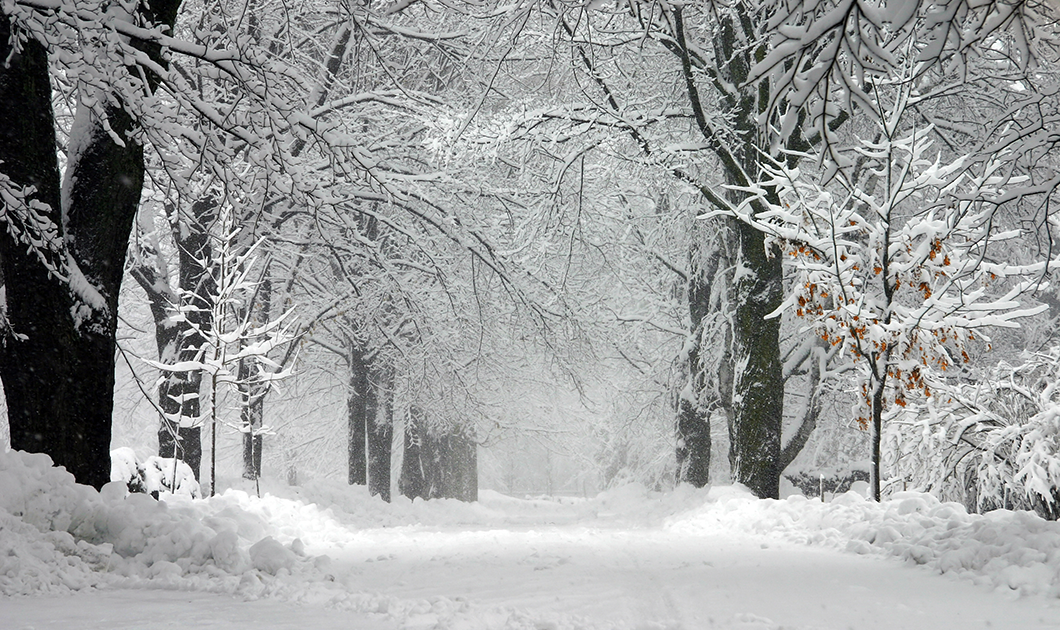
Thunderstorms
- Seek shelter immediately in a substantially constructed building.
- Stay away from electrical appliances and plumbing.
- If you can hear thunder, you are close enough to the storm to be struck by lightning.
The Upstate region of South Carolina experiences a wide variety of weather patterns, some of which can be sudden and severe. In the event of severe weather, one of our goals is to send notifications with adequate time for our population to take protective actions. To help accomplish that goal, Clemson University subscribes to AccuWeather’s SkyGuard warning system as an additional layer of safety to supplement the National Weather Service’s forecasts and provide advance notice for dangerous weather.




